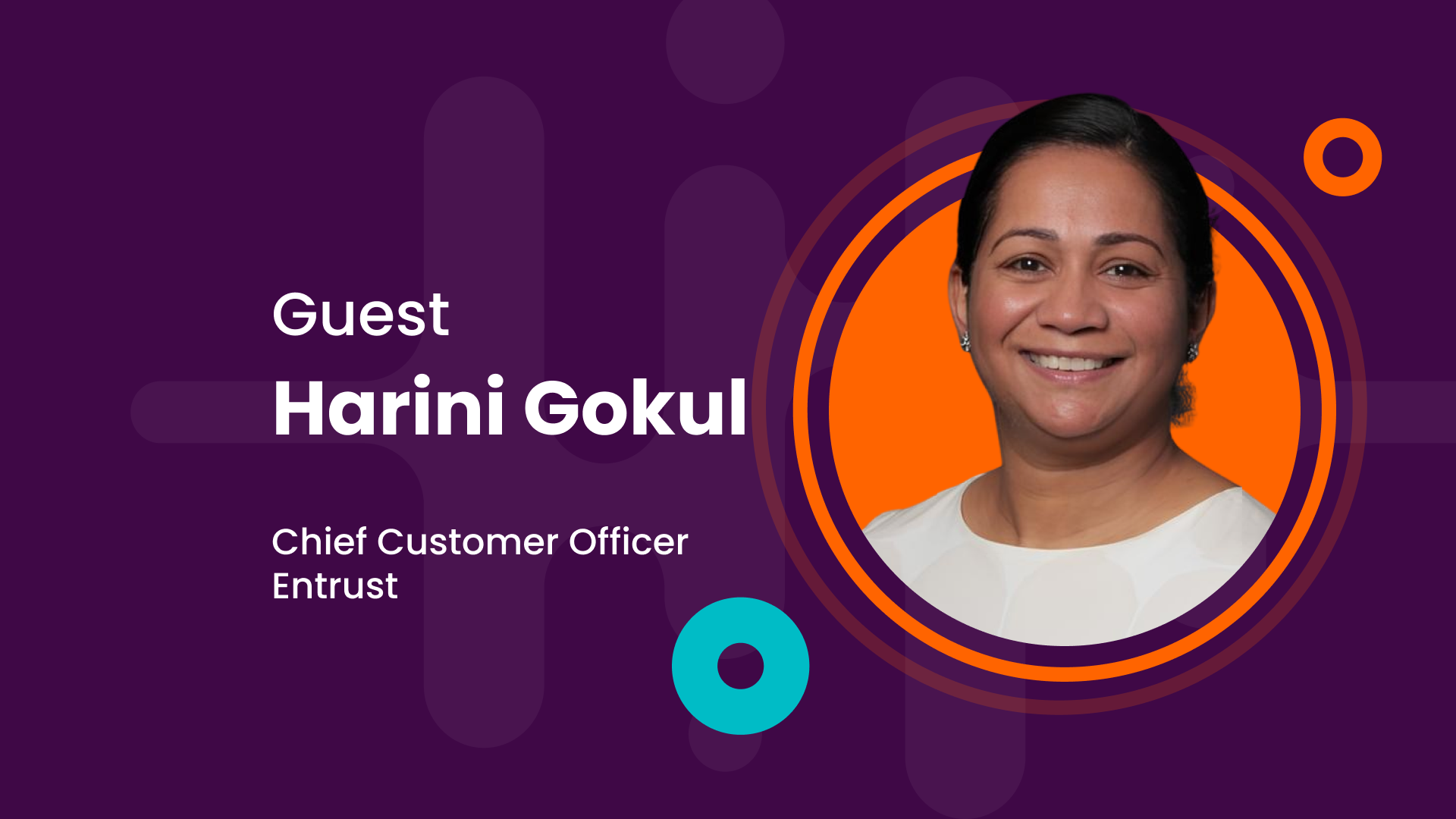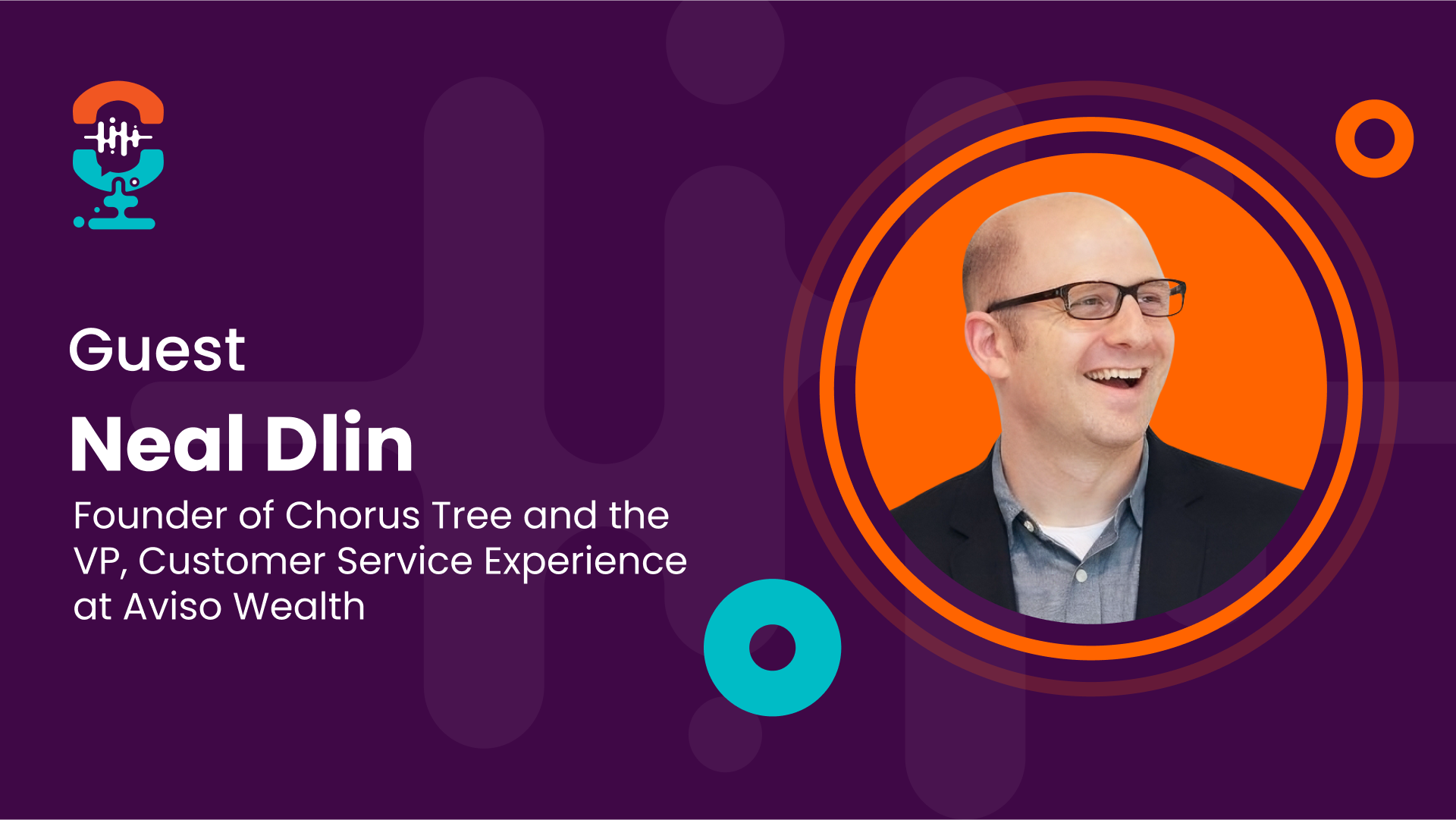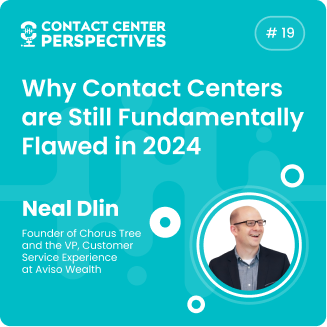Contact Centers: Accountability and Positive Impact on P&L

Byline: This article is based on an interview with Harini Gokul, the Chief Customer Officer (CCO) of Entrust
Key Takeaways:
- Customer care delivered through contact centers can be a powerful vehicle for growth and positively impact the bottom line.
- Contact centers should be seen as offensive mechanisms for proactively harnessing customer insights and intelligence to drive business growth.
- Recovering a dissatisfied customer through the contact center can lead to higher growth and increased customer loyalty.
- Agent turnover is a critical factor in contact center success, and investing in agent skills and capabilities is essential for driving growth.
- Technology, such as AI, should be seen as a tool to enhance customer care and improve efficiency rather than a threat to agent roles.
Introduction
In the world of customer experience, contact centers are often viewed as cost centers, with the primary goal of maintaining or reducing costs. However, Harini Gokul, Chief Customer Officer at Entrust, challenges this perception and advocates for a new perspective. She believes that contact centers have the potential to be a growth engine for businesses, driving a positive impact on the bottom line.
Drawing from her extensive experience at companies like Amazon and Microsoft, Harini emphasizes that customer engagement, experience, and care delivered through contact centers are essential vehicles for growth. She likens customer care to an offensive mechanism in football rather than a defensive one. By proactively harnessing the insights and intelligence gained from customers, businesses can drive growth for themselves and their customers.
Changing the Mindset: From Cost Center to Growth Accelerator
The challenge lies in changing the mindset of those who view contact centers as cost centers. Harini suggests starting the conversation by asking a simple question: “Tell me about a time when you were at your worst, and someone helped you. How do you feel about them after the experience?” This question opens the door to a perception shift, highlighting the transformative power of contact center interactions.
When customers contact a contact center, they often have exhausted all other options and require urgent assistance. The reaction of contact center teams, their support, and the information they provide can profoundly influence customers’ experiences and perceptions of the organization. Research indicates that recovering a dissatisfied customer through exceptional customer service results in higher growth and increased customer spending.
Harini emphasizes the importance of businesses viewing contact centers as a unified entity rather than separate departments. Customers perceive all points of engagement as parts of a single organization, necessitating seamless collaboration among teams to share intelligence and insights and deliver value to customers. This shift in perspective is driven by the evolving landscape of consumer choices and the growing need to demonstrate value in a cost-constrained environment.
The Role of Agents: Consultants and Thought Leaders
One key driver of growth through contact centers is the role of agents. Harini highlights the importance of agent tenure, legacy, and history in understanding customer pain points and opportunities. Agents have the superpower to change the tenor of customer conversations and play a vital role in delivering exceptional customer experiences.
However, the industry still faces high agent turnover rates, hindering contact centers’ growth potential. She rates the importance of addressing agent turnover at an 8 on a scale of 1 to 10. To retain agents and leverage their expertise, businesses must invest in their skills and capabilities. Reskilling and upskilling agents and adopting innovative technologies can help them deliver more efficient and effective customer care.
Addressing the fear of AI replacing human agents, she emphasizes that technology should be seen as a tool to enhance customer care, not replace it. By leveraging AI and other technologies, businesses can provide hyper-efficient customer care while retaining the personal touch that customers require. The goal is to find ways for technology to help deliver on customer needs better rather than viewing it as a threat.
Furthermore, she introduces the concept of agents as consultants to other departments within the organization. Agents possess valuable intelligence and insights from customer interactions, which can inform product development, marketing strategies, and overall business growth. By publishing thought leadership articles, sharing knowledge, and participating in product discussions, agents can contribute to the organization’s growth and gain recognition for their expertise.
Accountability and Positive Impact on the Bottom Line
Accountability is crucial to ensuring that contact centers positively impact the bottom line. Harini suggests implementing support and maintenance agreements (P&Ls) for contact center teams, aligning their goals with the overall growth strategy. This approach focuses and drives the team to deliver against specific metrics.
Additionally, Harini emphasizes the importance of learning culture within contact centers. Contact centers can evolve and thrive in a cloud-first, SaaS-first world by constantly staying informed and educated about new trends, technologies, and ways of doing things. Learning from customer feedback, capturing insights, and sharing knowledge are essential components of a thriving contact center.
Conclusion
Contact centers have the potential to be a growth engine for businesses. Businesses can positively impact the bottom line by reframing the role of customer care, investing in agent skills and capabilities, leveraging technology, and embracing a learning culture.
Contact centers should be considered strategic assets that contribute to the overall growth strategy rather than mere cost centers. By prioritizing exceptional customer experience and leveraging the insights gained from customer interactions, businesses can foster customer loyalty, drive growth, and stay ahead in a competitive market.
Looking for specific information?
Our specialist will help you find what you need in customer service outsourcing
Book a callDiscover Contact Center Perspectives Podcast
Discover the themes that resonate most with your challenges
 English
English






